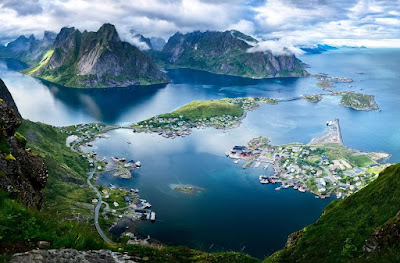Sustainable tourism has become a priority for the hotel industry in recent decades. With increasing awareness of climate change and the need to reduce the environmental footprint, hotels are increasingly turning to renewable energy sources, such as solar energy, to address these challenges. In this article, we will explore how hotels are implementing solar energy systems to reduce their environmental impact and improve their sustainability.
Benefits of Solar Energy for Hotels
Solar energy offers several significant advantages for hotels in terms of sustainability and energy efficiency. Here are some key benefits:
- Long-Term Cost Reduction: Although the initial installation of solar panels may be costly, hotels can save on energy costs in the long run by generating their own electricity.
- Renewable Energy Source: Solar energy is a renewable and inexhaustible energy source, allowing hotels to reduce their dependence on fossil fuels and decrease their carbon footprint.
- Brand Endorsement: Hotels that invest in solar energy can enhance their reputation as sustainable businesses and attract environmentally conscious guests.
Some Hotels with Solar Energy Systems
Several renowned hotels have successfully implemented solar energy systems in their operations. Here are some examples:
Hotel Bambu, Costa Rica: This boutique hotel in Costa Rica is entirely powered by solar energy and uses recycled water systems to minimize its environmental impact.
Hotel Crowne Plaza Copenhagen Towers: located in Denmark, is a prominent example of sustainability in the hotel industry. This hotel has implemented various initiatives to reduce its environmental footprint, including extensive use of solar energy. With a surface area of solar panels on its roof, the hotel generates a significant portion of its energy from renewable sources, allowing it to operate more sustainably and reduce its dependence on fossil fuels. In addition to its commitment to solar energy, the Hotel Crowne Plaza Copenhagen Towers has also implemented other sustainable practices, such as efficient water and waste management systems, making it a leader in environmental responsibility in the hotel industry.
Six Senses Yao Noi, Thailand: This luxury resort in Thailand utilizes solar panels to heat water and generate electricity, significantly reducing its conventional energy consumption.
Challenges and Considerations
Despite the benefits, the adoption of solar energy in the hotel industry also faces some challenges. Some important considerations include:
- Initial Costs: The initial installation of solar systems can be expensive and requires a significant investment by hotels.
- Space Limitations: Some hotels may face space limitations for the installation of solar panels, especially in densely populated urban areas.
- Maintenance and Durability: Solar systems require regular maintenance to ensure long-term efficiency, which may add additional costs for hotels.
Future of Solar Energy in Hospitality
As solar technology continues to advance and installation costs decrease, more hotels are expected to adopt solar energy systems in the future. With a renewed focus on sustainability, solar energy will play a crucial role in reducing the environmental footprint of the hotel industry and promoting more responsible business practices.




















Productivity.jpg)
